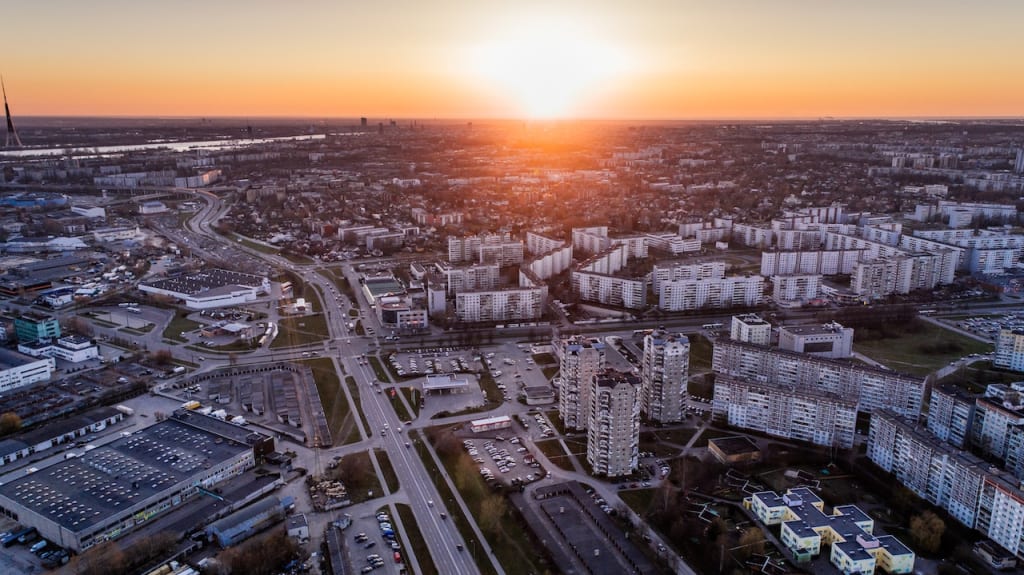Racial Covenants
Unveiling the Legacy of Discrimination in Housing

On October 21st, 1909, an incident in an affluent Minneapolis neighborhood brought to light the racial discrimination faced by the Simpson family, the second Black family seeking to build a home in the predominantly white area. Despite facing opposition and attempts to block their home's construction, the Simpsons persisted and moved into their house. However, this event triggered the implementation of the first racially restrictive covenant in Minneapolis, which marked the beginning of a widespread practice in the United States to racially segregate properties.
Racial covenants are clauses embedded in property deeds that aim to regulate property usage. Starting in the mid-1800s, these covenants were increasingly employed to restrict certain racial and ethnic groups, particularly Black individuals, from purchasing or leasing properties. Between 1920 and 1950, these racial covenants spread rapidly across the US, intensifying urban segregation and limiting access to suburban areas. In the Minneapolis county alone, over 25,000 homes were subjected to racial covenants.
Disturbingly, not only were racial covenants legal, but they were also promoted by the US Federal Housing Administration (FHA) through their underwriting manual. Real estate developers incorporated these covenants from the outset when constructing new homes, creating segregated communities exclusively for white residents. Levittown, built in 1947 as a postwar American suburb prototype, serves as a prime example. Although affordable for returning World War II veterans, Levittown's racial covenants explicitly excluded individuals who were not of the "Caucasian race," with exceptions made for servants.
From 1950 to 1970, the American suburbs experienced a significant population boom due to "white flight," as white individuals sought racially homogeneous neighborhoods. The expansion of suburbs led to the destruction of native ecosystems, replaced by extensive pavement and water-intensive lawns. This suburban sprawl necessitated car travel, contributing to the fourfold increase in US automobile production between 1946 and 1955.
Government programs, such as the G.I. Bill, offered favorable lending rates for homebuying to American veterans. However, people of color faced significant obstacles in accessing these resources. Racial covenants restricted them from certain neighborhoods, while government programs often designated neighborhoods of color as bad investments, resulting in mortgage insurance refusals. Consequently, banks were reluctant to provide loans to individuals purchasing property in neighborhoods of color, leading to a practice known as redlining. This systemic discrimination forced many people of color to spend their income on rent rather than owning homes that appreciate in value, perpetuating generational wealth disparities.
Suburbs, with their cul-de-sacs and limited traffic, became enclaves of white affluence. Simultaneously, city planners targeted redlined neighborhoods for industrial development, facilitating the construction of massive freeways that disproportionately sliced through these communities, contributing to heavy pollution and health issues such as drinking water contamination and asthma.
While racial covenants were eventually banned in 1968 under the Fair Housing Act, the enduring consequences remain. Concentrated wealth and advantages persist in white neighborhoods, while neighborhoods of color experience depressed conditions and home values. As of 2020, the homeownership gap between white families (74%) and Black families (44%) in the US remains significant, with Minnesota's Twin Cities area exemplifying this disparity. Neighborhood segregation endures, with 90% of suburban counties predominantly white. Discrimination based on race continues through practices like gentrification, exclusionary zoning, and biased treatment from landlords, real estate agents, and lenders.
Although racial covenants are now illegal, their presence is still evident on many housing deeds, leaving an indelible mark on the manicured lawns of American suburbs. Their legacy contributes to the hidden and pervasive inequalities that shape our society and perpetuate demographic divisions in every city.
Henrik Leandro
About the Creator
Henrik Leandro Laukholm Solli
Free thinker, traveler and humanist <3






Comments
There are no comments for this story
Be the first to respond and start the conversation.